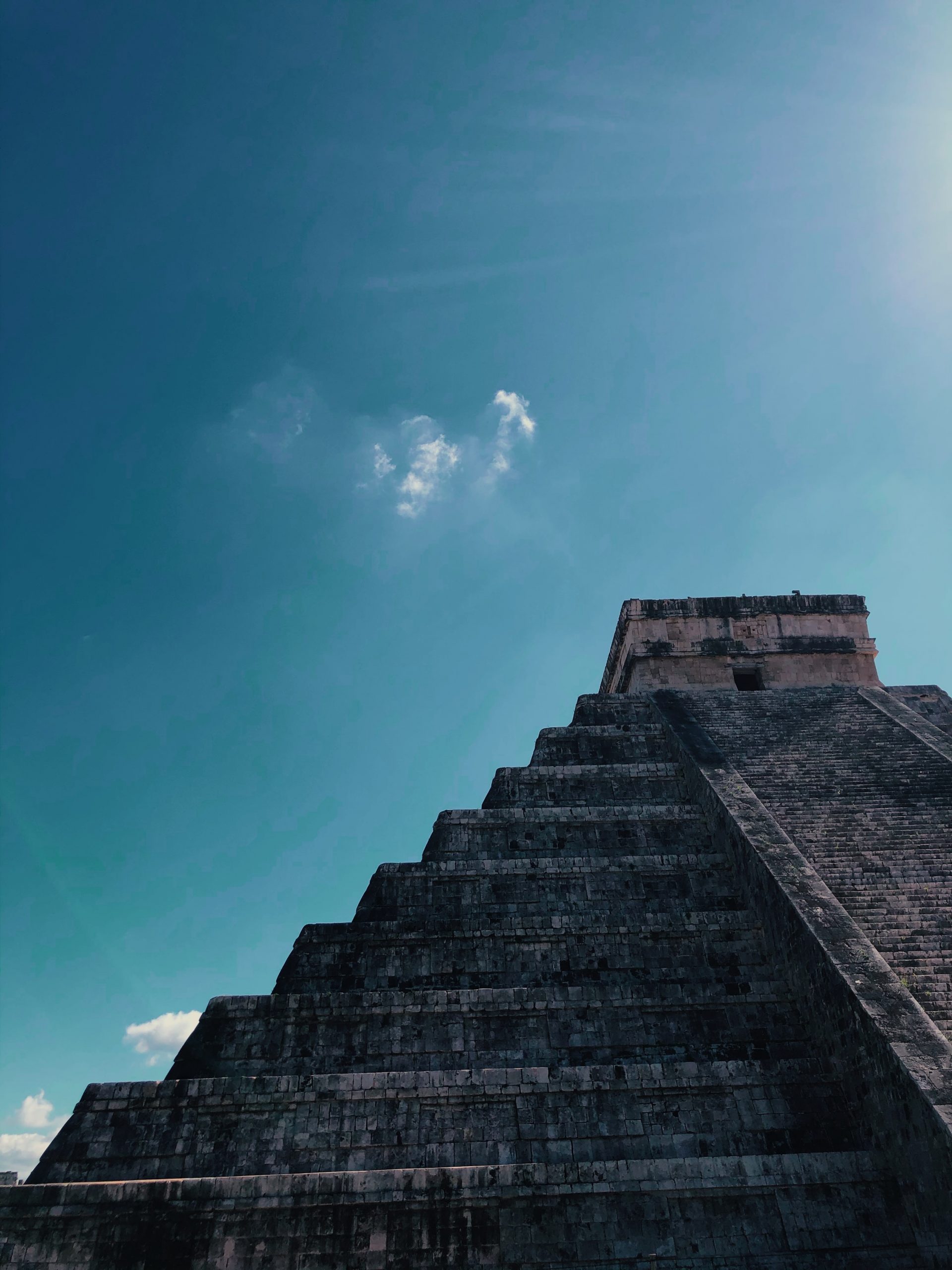As a child growing up in Western Belize, Dr. Jaime Awe was fascinated by the world around him. At the time, Belize was known as British Honduras, and school children only learned about British history, not that of their own ancestry, like the remarkable Maya civilization with its hidden secrets. The cultural history that he saw with his own eyes in the countryside was never represented in the lessons at school. Awe was filled with questions spurred by artifacts found around Maya mounds in the jungle and even in his own backyard.
”He and his brothers would dig into the earth, find curious objects and wonder, “What happened to these people? Where did they go? And what did kids my age do for fun?”
Jaime Awe
Fast forward to his professional career as a preeminent archaeologist in Belize. Awe’s goal is to try and change the availability and accessibility of historical, anthropological, and archaeological studies by developing Maya curricula and taking his students from Northern Arizona University on fieldwork trips each summer in the jungles of Belize. To him, it is crucial that students learn in the field and not just in the classroom. As the previous director of the Belize Institute of Archaeology, he and the groups he brings have been actively assisting the Belizean government in strategies to preserve the heritage of the country, such as introducing Maya studies into the Belizean curriculum and establishing responsible approaches to tourism that highlight Belize’s archaeological resources while benefiting local communities.
”When asked if now that he is an archaeologist, his childhood questions have been answered, he responded, “Everything is so much more complex than you initially thought.”
Jaime Awe
Awe’s current research on resilience to climate change during the Maya civilization has him questioning why the Maya intensified their use of caves for ritual purposes. Garnering information from stones, such as the rocks that make up building blocks in ancient cities, stalagmites in caves, and carved artifacts, Awe looks for clues. Using bands formed by dripping water on cave rock, researchers can look thousands of years into the past by dating each band, measuring precipitation and identifying periods of drought.
Research like this can help us to interpret the past and prepare for the future. “Each new discovery breathes new life into what I do,” says Awe. “I wish I could live for 1000 years to keep learning more.”
The trips that Awe takes his students on are rewarding for him and he feeds off their excitement. When students have the chance to do fieldwork, Awe will catch sight of them experiencing the astounding realization that they might be “one of the first modern people to see something that has been buried for 1000 years!” Awe knows that archeological research is about teamwork and he teaches his students the value of collaboration and sharing the effort saying, “If we work together, we can accomplish so much more.”
To hear from Dr. Jaime Awe and find out more about using an inquisitive mind to learn lessons from the past that help prepare us for the future, join the Flagstaff Festival of Science for the W. L. Gore & Associates Keynote Presentation on September 17, 2021 at Ardrey Auditorium on the campus of Northern Arizona University. Tickets are free but must be reserved in advance to accommodate for COVID safety policies and social distancing.







 Board member, Adam Marsh, and lead paleontologist at Petrified National Forest, works with a team of scientists to uncover an approximately 300 million-year-old fossil skeleton discovered at Canyonlands National Park in Utah (June 2024)
Board member, Adam Marsh, and lead paleontologist at Petrified National Forest, works with a team of scientists to uncover an approximately 300 million-year-old fossil skeleton discovered at Canyonlands National Park in Utah (June 2024)